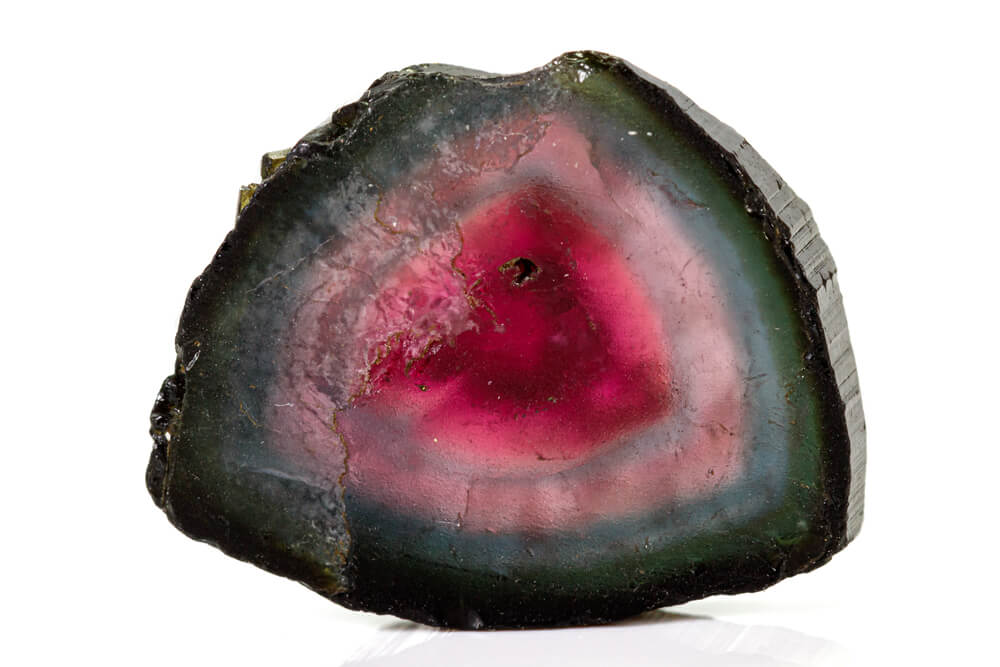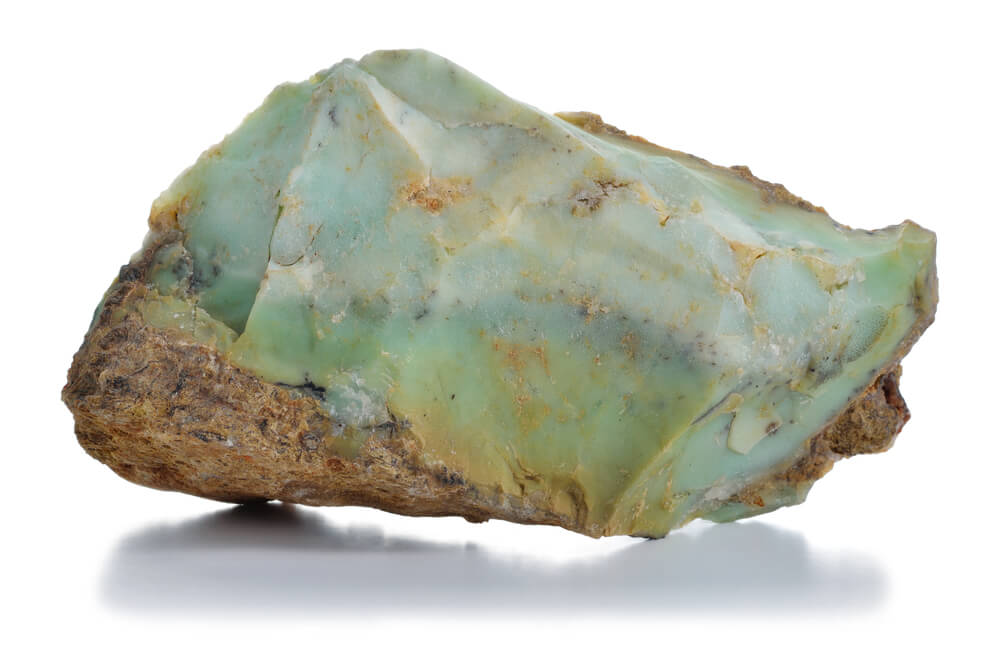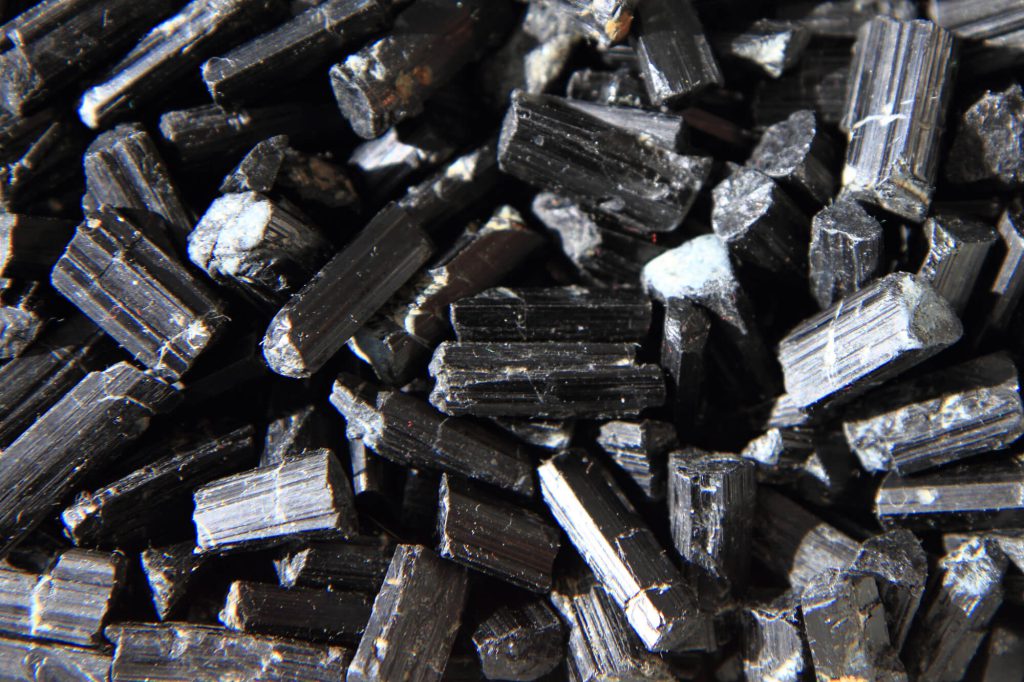Introduction to Opal and Tourmaline
October is quite a special month of the year mainly because it is associated with two beautiful birthstones: opal and tourmaline. Each of the two gemstones is popularly known for multicolored features, thereby providing an array of color options mainly for persons born in the month of October.
Opal has the fiery play-of-color that captures the hues of all other gemstones and comes alive in a unique display unmatched by no other gemstone. On the other hand, tourmaline is famous for its colors from royal red to neon blue. Its name is derived from “turmali,” a Sinhalese word meaning “stone of mixed colors.”
| WHAT | DETAILS |
|---|---|
| Month of Birthstone | October |
| Birthstones | Opal and Tourmaline |
| Symbolism | Opal: Hope, purity, and truth; Tourmaline: Healing, strength, and tolerance |
| Origins | Opal: Predominantly in Australia, Ethiopia, and Mexico choices; Tourmaline: Worldwide with better selections found from Brazil, Sri Lanka, and Africa |
| Mythology and Beliefs | Opal: A gem that helps a person to express their undiscovered self; Tourmaline: It has been considered as a powerful healer for the human psyche |
| Physical Properties | Opal: Rated on the Mohs scale at 5.5 to 6.5; Tourmaline: Rated between 7 to 7.5 on the Mohs scale |
| Jewelry Uses | Suitable for jewelry use of all kinds and offers deeply vibrant colors by way of radiance |
| Wear and Care | Cleanse in warm soapy water with the aid of a soft brush, keep away from harsh chemicals or hot water |
| Psychological and Emotional Significance | Opal: Linked to a free-flowing nature, inspiration, impact, and emotional expressiveness; Tourmaline: Enhances the strength of character, removes fear |
| Choosing a Birthstone | October offers opal’s works of art and color as well as the unique symbolism and qualities of tourmaline |
Origin and History of Opal and Tourmaline
Several of them were from Australia where opal is mainly found and has a rich, vibrant history. Also, according to the ancient Greeks, opals were like the tears of joy Zeus was believed to have weeped after having defeated the titans. In their context, this stone was symbolizing hope and pureness.
Tourmaline was first discovered on the West Coast of Italy either in the late 1600s or early 1700s. Its striking colors made it the toast of Europe and Asia, with one of its more famous devotees being none other than the Chinese Dowager Empress Cixi who would wear strands upon strands of Pink Tourmaline beads.

The Mythology and Symbolism of Opal and Tourmaline
Opal, due to its spectral subtleness, often has been a stone associated with hope, purity, and truth. Seems to be a symbol of protection sending away any bad spirit keeping a happy and safe living.
Tourmaline has been attributed with healing powers believed to strengthen body and spirit,
particulary the nervous system, blood, and lymphs. It is also supposed to inspire creativity and was used extensively as a talisman by artists and writers.
Opal and Tourmaline in Various Aspects
Opals examining various criteria include play-of-color, body tone, brilliance, pattern, size. The broad pattern of color to carry together closely is filled in large patches called “flashes” of precious opals.
Tourmaline value calculates by color, size, and quality. The most attractive neon blue-colored Paraíba tourmalines are the ones with their tones apply best where green or pink.

Physical Properties of Both Opal and Tourmaline
Opals are less hardy as well as more delicate, so they rank between 5.5 to 6.5 in the Mohs hardness scale. They also retain up to 20% water and could break or “craze” in extreme temperature, dehydration, or direct light.
Tourmaline ranks between 7-7.5 in hardness, and so is perfectly appropriate for jewelry of all types. While tourmaline crystals grow naturally long and thin, they are commonly cut into long rectangles and brilliant-cut rounds.
The Use of Opal and Tourmaline to Design Jewelry
Not to mention that Opal’s play-of-color has always made it a show-stealer in any kind of jewelry, from antique designs to contemporary fashions. Because it is relatively soft, though, it may be better used in pieces other than rings, like necklaces, brooches and earrings.
Tourmaline is available in a wide variety of colors, therefore it can be selected for any type of jewelry. It can also be used to design many different cuts such as round, oval, pear, emerald, and marquise.
Cleaning and Care Tips for Opal and Tourmaline Jewelry
Opals need special care to maintain their beauty. It should be kept away from heat or harsh chemicals. Should not wear in situations or at places where they could get scratched into or knocked onto.
Tourmaline should be rinsed in warm soapy water with a soft brush. Avoid contact with heating or acids.Conclusion: Enduring Promise of Opal and Tourmaline
Octobers born are lucky enough to have two spectacular and vibrant birthstones to choose from. Whether it is the ever-changing colors of opal or the rainbow-like spectrum of tourmaline, both gems present an array of colors unmatched in the gemstone world— making october’s birthstones truly something to celebrate.

